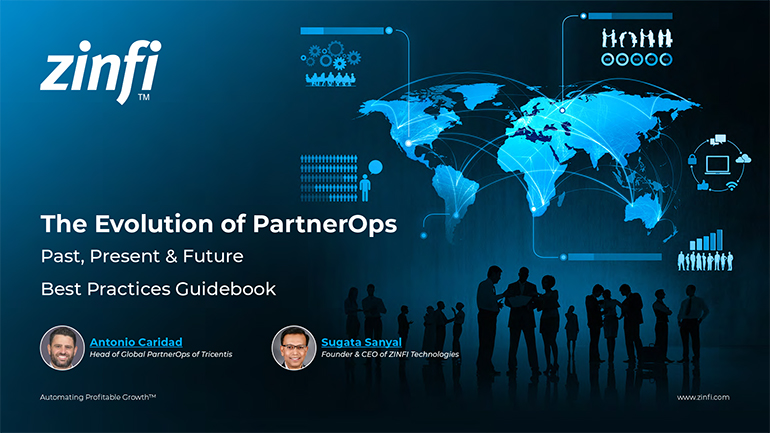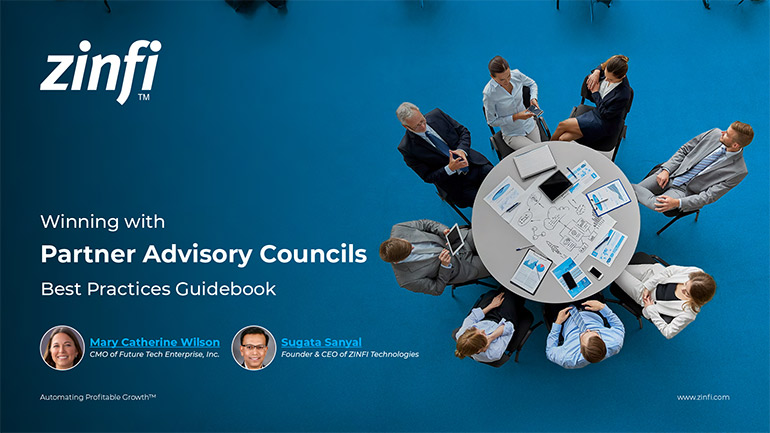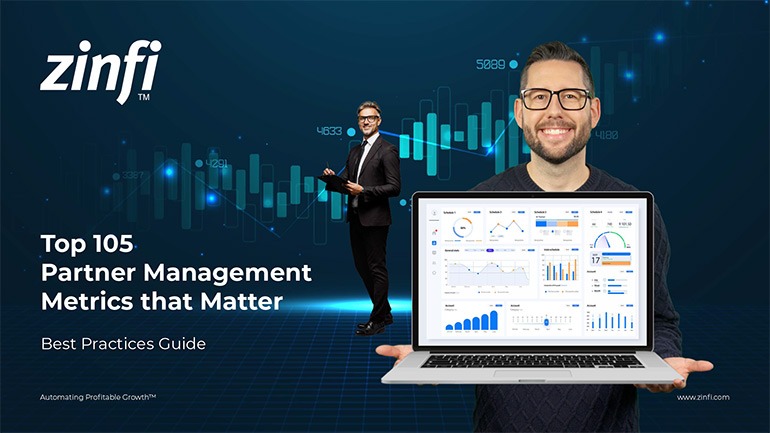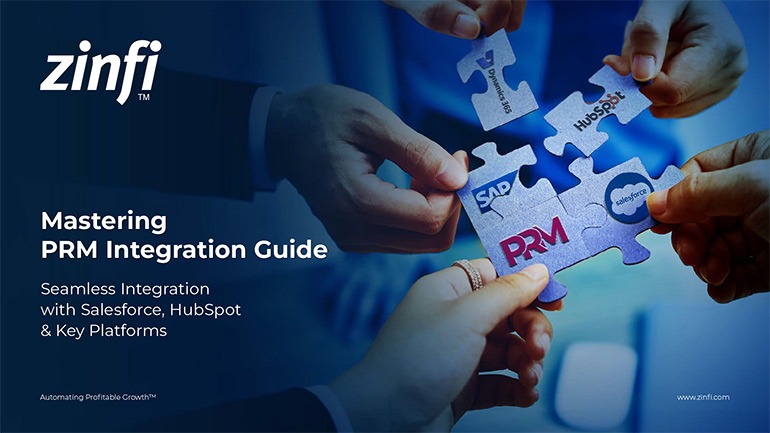Best Practices Articles

Four Methods of Refining Your Teleprospecting to Improve Sales Success
Telemarketing has been around for decades, and everyone is very familiar with the dinnertime “Are you happy with your long distance service?” phone call. A proven technique for drumming up widespread sales and awareness, telemarketing has become a cultural norm. The evolution of marketing in recent years has marked the emergence of a new term, “inside sales,” that refers to a more focused, prospected and targeted approach to lead development—not just churn. Teleprospecting grew out of inside sales and has now become a first-tier technique used in conjunction with other lead and demand generation efforts to not only commence dialogue but also achieve qualification of new leads that come across any vendor’s radar. Teleprospecting best practices to ensure sales success are now a focal point for any good sales enablement scenario.
It is important to differentiate between the goals and definitions of teleprospecting versus telemarketing. The two terms are often used interchangeably. Both are seen as a phone-based sales technique, but in reality the approaches and end goals are vastly different. Telemarketing is a one-shot “spray and pray” tactic that is crafted to cover a vast audience base, using a templated script and with a focus on generating a lead to pass on to sales—but with little consideration of the path of that lead takes once it is passed along. It is a rapid, repetitive and funneled approach.
Whereas the primary goal of the telemarketer is to quickly resonate with the target audience and close a sale, teleprospecting is about connecting with leads, identifying their “pain points” and qualifying areas of need that the service or product addresses. The teleprospector is tasked with calling a very focused, crafted list of leads that have been pre-identified as market prospects, and spending time to communicate one-to-one to establish a true qualification so the sales team is equipped to take the lead to the next tier of the sales process. This initial communication may start with an introductory script, but unlike the telemarketer who sticks to the tree structure of the finite pitch, the teleprospector quickly moves on to appropriate next-step questions based on the lead’s answers. The idea is to guide the dialogue to a point where the lead realizes a particular service or product is needed.
Let’s take a look at four key considerations in guiding your teleprospecting reps as they work to establish a successful relationship between qualifying a lead and closing a sale:
- Align prospecting and sales teams regionally. Companies that are moving toward a large global footprint tend to have sales teams that were fostered based on industry or market segments. When teleprospecting teams come on board to begin qualifying leads in these new areas, these reps may be aligned with sales team members accordingly. This creates a disjointed regional approach, with lead lists spread over dispersed countries. A better practice is to review your global reach and reassign sales teams to regional groupings—and have the teleprospecting reps align accordingly. This will create better cohesion between prospecting and sales, and allow for coordinated approaches in a unified and timely manner. Adaptation to cultural norms and traditions can also be achieved and carried through contiguous efforts between both teams.
- Develop a pass-back conduit between sales and teleprospectors. Once a lead has been qualified and passed to the sales team’s queue, it should be handled or prioritized according to company policy or quarterly goals. Often a lead may become stale or cold to the sales rep, whether immediately (due to handoff change or lag time) or as an effect of not having been nurtured for some time. In cases like these, passing the lead back to the teleprospecting team to “reignite” would be advantageous. The rep had previously developed a relationship with this lead through the prospecting cycle, and hearing from a familiar contact may warm the lead up again. The prospect may even open with newly developed needs or pain points that can be used as a new advantage to sales. People tend to be attracted most by what they can identify with or what seems familiar. This loop can warm up a lead again so that traction is re-established when passed back to sales for follow-up.
- Provide supportive resources to your prospecting rep. The best practice for any teleprospecting rep is to go into any initial touch with the best research and information possible. Having a brief but effective dossier on the prospect will help the rep develop trust and insight with the lead as they go through qualification. There are many tools and resources available that will help enhance their call preparation—social media, MSPs, business news/review sites, etc.—and these should all be available and accessible to your prospecting rep. In turn, once the lead qualification first touch has been achieved, post-call communication tools—file sharing services, CRMs, automation platforms—are the best ways for the rep to keep up the dialogue and take the lead through the qualification journey, easing handoff to sales in a refined flow.
- Clearly define teleprospecting management. Teleprospecting is indeed a step in the sales process, but it should always be defined as a marketing effort. Make sure accountability and reporting fall to marketing managers. There is a tendency to view accountability as having ties to both marketing and sales, due to the nature of prospecting as the step between “getting the customer into the restaurant and sitting them down to serve them their dinner.” But don’t let management of teleprospecting float back and forth between marketing, channel management and sales. Every step should be managed by one accountable department to ensure consistent processes and reporting. This will help with time management, flow of information and corporate culture solidarity.
Achieving the right leads and the right prospects for your sales team to gain momentum is the end goal of any teleprospecting effort. It may be one of many methods of lead qualification or generation, but it is by far the most personal and communicative. To ensure that you are getting the most out of any prospecting campaign, the four considerations presented here will help you align, hold accountable and equip your reps with both tactical and conceptual parameters in which to operate most efficiently. Hold the phones…it’s time to enhance your prospecting results!
For more information on marketing automation or demand generation services, please visit us at www.zinfi.com.
Best Practices Guidebook
 The Ultimate Guide to Partner Marketing Success Best Practices
The Ultimate Guide to Partner Marketing Success Best PracticesDownload Guide
 How to Start and Scale Partner Ecosystems Best Practices
How to Start and Scale Partner Ecosystems Best PracticesDownload Guide
 The Evolution of PartnerOps: Past, Present & Future Best Practices
The Evolution of PartnerOps: Past, Present & Future Best PracticesDownload Guide
 Mastering Channel Sales: Strategies, Best Practices, and Growth Tactics for 2025
Mastering Channel Sales: Strategies, Best Practices, and Growth Tactics for 2025Download Guide
 Winning with Partner Advisory Councils: Best Practices for Partner Engagement & Growth
Winning with Partner Advisory Councils: Best Practices for Partner Engagement & GrowthDownload Guide
 The Future of Partner Ecosystems Best Practices
The Future of Partner Ecosystems Best PracticesDownload Guide
 The AI Revolution: How Technology and Talent are Shaping the Future
The AI Revolution: How Technology and Talent are Shaping the FutureDownload Guide
 Top 105 Partner Management Metrics that Matter Best Practices
Top 105 Partner Management Metrics that Matter Best PracticesDownload Guide
 Mastering PRM Integration Best Practices
Mastering PRM Integration Best PracticesDownload Guide
 Building a Sales Partner Portal with Salesforce Best Practices
Building a Sales Partner Portal with Salesforce Best PracticesDownload Guide
 Building and Managing Partner Ecosystems Best Practices
Building and Managing Partner Ecosystems Best PracticesDownload Guide
 Mastering Co-Marketing and Co-Selling Best Practices
Mastering Co-Marketing and Co-Selling Best PracticesDownload Guide
 Transforming Partner Ecosystems Best Practices
Transforming Partner Ecosystems Best PracticesDownload Guide
 Mastering Partner Ecosystems Best Practices
Mastering Partner Ecosystems Best PracticesDownload Guide
 Mastering Partner Onboarding Best Practices
Mastering Partner Onboarding Best PracticesDownload Guide
 Partner Ecosystem Management Best Practices
Partner Ecosystem Management Best PracticesDownload Guide
 B2B Marketing in the Age of Intelligence Best Practices
B2B Marketing in the Age of Intelligence Best PracticesDownload Guide
 Multi-Partner Co-Selling Best Practices
Multi-Partner Co-Selling Best PracticesDownload Guide







